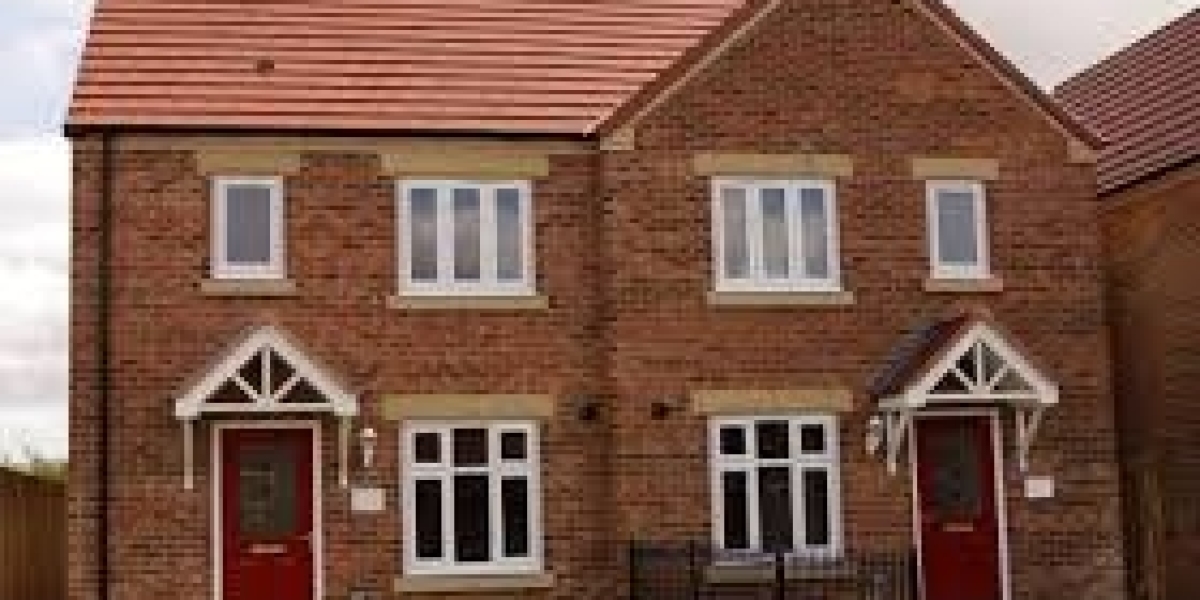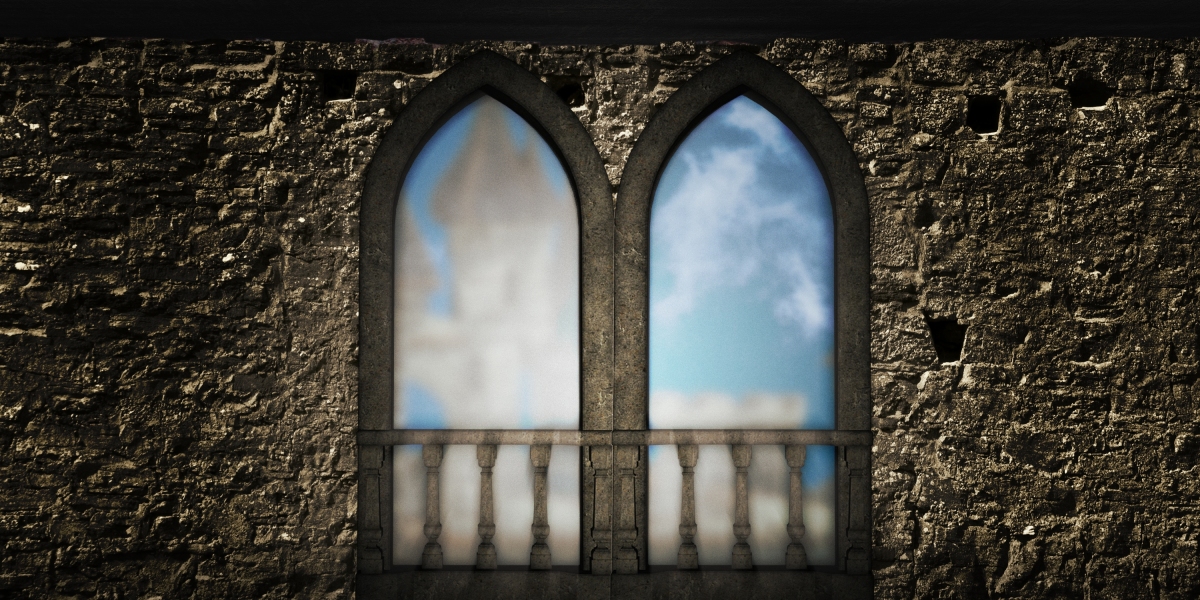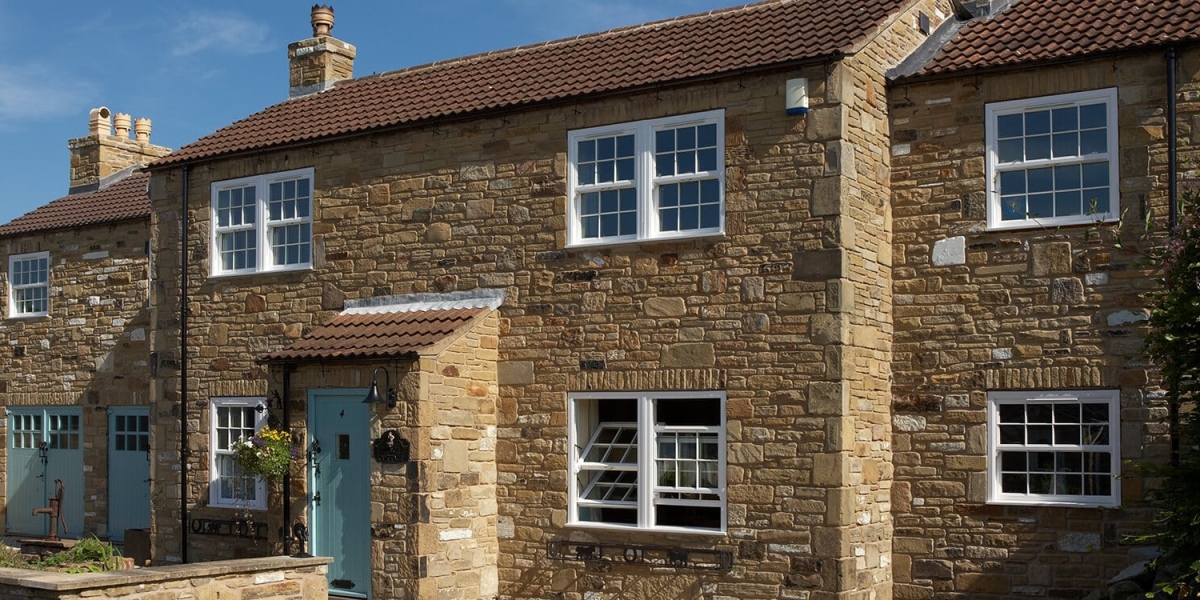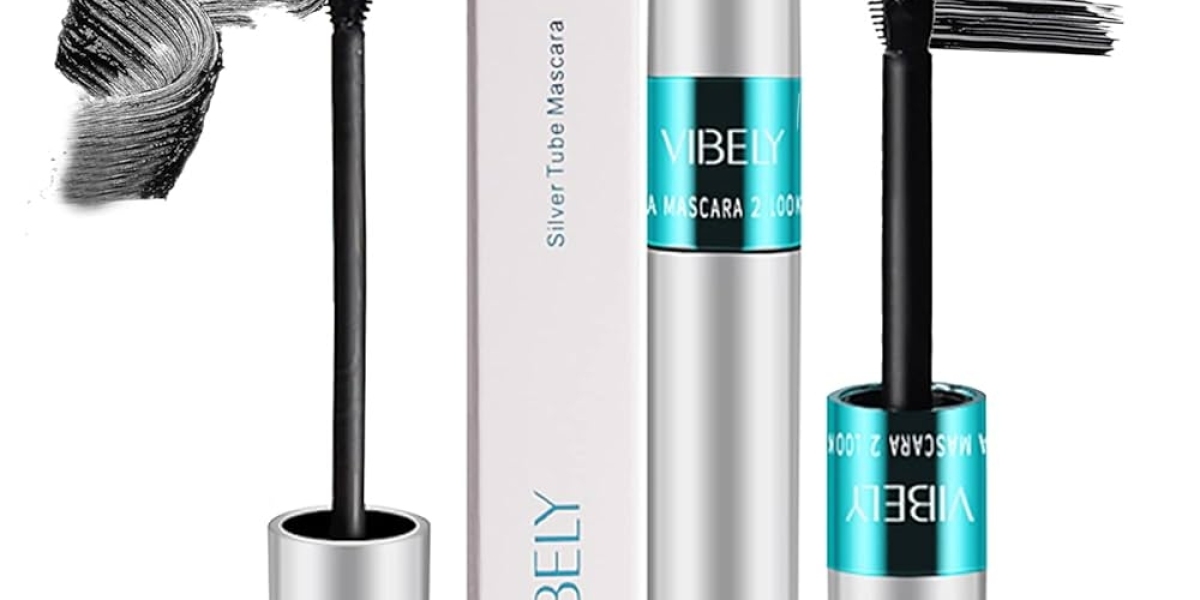Glass balustrades have emerged as a popular architectural feature in contemporary design, offering an aesthetic appeal that combines transparency with structural integrity. These installations are primarily used to provide safety and support in various settings, including residential homes, commercial buildings, and public spaces. This article explores the advancements in glass balustrade technology, their applications, benefits, and considerations in design and installation.

Historical Context
Historically, balustrades were constructed from materials such as wood, stone, and metal. However, the introduction of glass into architectural design marked a significant turning point. The first uses of glass balustrades can be traced back to the late 20th century when advancements in glass manufacturing and safety standards allowed for their widespread adoption. Today, glass balustrades are favored for their modern aesthetic and ability to create a sense of openness in a space.
Types of Glass Balustrades
Glass balustrades can be categorized into several types based on their design and installation method:
- Frameless Glass Balustrades: This type features glass panels held in place by minimalistic fittings, creating a seamless and unobstructed view. Frameless balustrades are often used in high-end residential properties and commercial spaces where visual appeal is paramount.
- Semi-Framed Glass Balustrades: These balustrades have a partial frame that supports the glass panels. This design offers a balance between visibility and stability, making them suitable for various applications.
- Fully Framed Glass Balustrades: In this type, the glass panels are completely encased in a frame, providing enhanced structural support. Fully framed balustrades are commonly used in environments where safety is a primary concern.
- Glass Railing Systems: These are integrated systems that combine glass panels with other materials such as metal or wood, offering versatility in design and functionality.
Materials and Safety Features
The primary material used in glass balustrades is tempered glass, which undergoes a special heat treatment process to enhance its strength and safety. Tempered glass is five to seven times stronger than standard glass, making it resistant to impact and thermal stress. Laminated glass is another option, where two or more layers of glass are bonded together with an interlayer, ensuring that, in the event of breakage, the glass fragments adhere to the interlayer, minimizing the risk of injury.
Safety standards for glass balustrades are critical, and they vary by region. In many jurisdictions, building codes require that glass balustrades meet specific load-bearing and impact resistance criteria. Compliance with these standards is essential to ensure the safety of occupants and to mitigate liability for property owners.
Aesthetic and Functional Benefits
One of the most significant advantages of glass balustrades is their aesthetic appeal. They create a sense of spaciousness and allow natural light to flow through, enhancing the overall ambiance of a space. This transparency can make areas feel larger and more connected to the outdoors, which is particularly valuable in urban environments where space is often limited.
In addition to their visual benefits, glass balustrades offer functional advantages. They provide unobstructed views, making them ideal for balconies, staircases, and terraces. This feature is particularly appealing in residential settings with scenic views. Furthermore, glass balustrades are relatively low-maintenance compared to traditional materials. They can be easily cleaned with standard glass cleaning solutions, and advancements in glass coatings have made it possible to reduce the frequency of cleaning.
Applications in Architecture
Glass balustrades are versatile and can be applied in various architectural settings:

- Residential Homes: Homeowners often choose glass balustrades for balconies, staircases, and pool areas to enhance safety while maintaining an open feel. Their ability to blend seamlessly with modern interior and exterior designs makes them a popular choice among architects and builders.
- Commercial Buildings: In commercial settings, glass balustrades are commonly used in offices, shopping centers, and hotels. They contribute to a contemporary aesthetic while ensuring safety in high-traffic areas.
- Public Spaces: Parks, bridges, and public plazas often feature glass balustrades to provide safety without obstructing views of the surroundings. Their use in these spaces can enhance the overall design and functionality of urban environments.
Considerations in Design and Installation
While glass balustrades offer numerous benefits, several considerations must be taken into account during the design and installation process:
- Load-Bearing Capacity: It is crucial to assess the load-bearing capacity of glass balustrades, especially in high-traffic areas or locations exposed to high winds. Consulting with structural engineers can ensure that the design meets safety standards.
- Installation Techniques: Proper installation is vital for the performance and safety of glass balustrades. It is essential to use qualified professionals who are experienced in glass installation to avoid common pitfalls that could compromise the integrity of the balustrade.
- Environmental Factors: Glass balustrades should be designed to withstand environmental conditions such as temperature fluctuations, humidity, and exposure to UV rays. Selecting the appropriate type of glass and coatings can enhance durability and longevity.
- Regulatory Compliance: Adhering to local building codes and regulations is essential to ensure that glass balustrades are installed safely and legally. This includes understanding height requirements, load specifications, and safety features.
Conclusion
Glass balustrades represent a significant advancement Double Glazing in St Albans architectural design, combining safety, functionality, and aesthetic appeal. Their versatility allows for a wide range of applications in residential, commercial, and public spaces. As technology continues to evolve, the potential for innovative designs and materials will only enhance the role of glass balustrades in modern architecture. By understanding the benefits and considerations associated with glass balustrades, architects, builders, and homeowners can make informed decisions that contribute to safe and beautiful environments.







